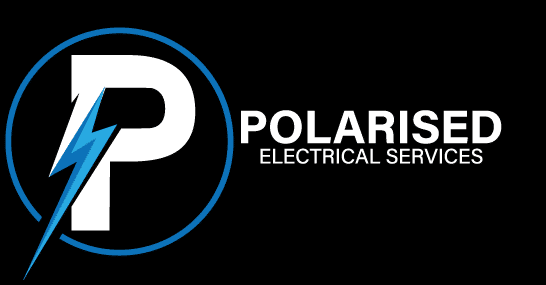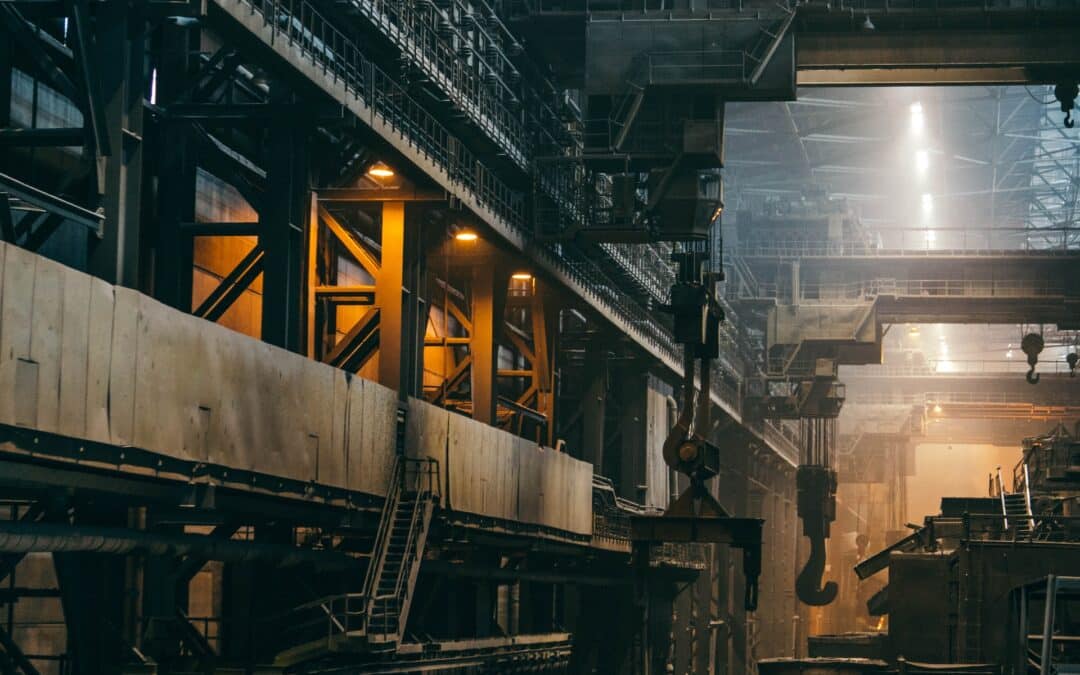For many industrial and commercial facilities, a stable and continuous power supply is crucial for maintaining efficient operations, managing sensitive equipment, and ensuring the safety of workers and on-site personnel. As businesses increasingly rely on sophisticated technology and equipment, any disruption to the power supply can lead to costly downtime, equipment damage, and a potentially dangerous situation for employees. Consequently, the implementation of backup generators as part of a business’s power management strategy is essential in providing a safeguard against any unforeseen power outages.
Backup generators play a vital role in ensuring the resilience and continuity of a facility’s operations during power disruptions or emergencies, automatically taking over in the event of a primary power source failure. Given their importance, installing and maintaining backup generators falls within the purview of professional electricians. With the right expertise, electricians can help businesses select, install, and maintain appropriate backup generators according to their specific requirements and protect operations from potential power-related disasters.
This article aims to highlight the significance of backup generators for industrial and commercial facilities, explain the different types of generators available, and demonstrate how electricians can guide and support businesses in implementing and maintaining a robust, reliable backup power solution. Geared towards electrical professionals operating in the commercial and industrial sectors, this article seeks to provide valuable insights and practical guidance for electricians seeking to expand their services to include backup generator installation and maintenance. Developing a comprehensive understanding of backup power solutions will enable electricians to better serve their clients, ensuring businesses maintain seamless operations even during unforeseen power disruptions.
Understanding Backup Generator Options for Industrial and Commercial Facilities
When selecting a backup generator for an industrial or commercial facility, electricians should consider the different types and fuel sources available to cater to the specific needs and requirements of the business. Key factors include the facility’s power demands, preferred fuel type, and available space for installation. The main types of backup generators are:
1. Diesel Generators: Diesel generators are commonly used in industrial settings due to their fuel efficiency, durability, and reliability in providing consistent power output. However, they may produce higher emissions and require larger storage tanks for fuel.
2. Natural Gas Generators: These generators are an eco-friendly alternative to diesel generators, producing fewer emissions and requiring no on-site fuel storage. However, their efficiency and power output may be lower compared to diesel generators.
3. Bi-Fuel Generators: Combining the benefits of both diesel and natural gas generators, bi-fuel systems can switch between fuel sources to optimise efficiency and power output, as well as reduce emissions.
4. Portable Generators: Ideal for smaller facilities or temporary power needs, portable generators can be easily transported and set up where needed. They are typically powered by petrol, diesel, or gas and provide power for essential devices and equipment during outages.
Electricians’ Role in Installing and Maintaining Backup Generators
When helping businesses implement and maintain backup generator systems, electricians should adopt a comprehensive approach that ensures optimal performance, reliability, and long-term value. This involves:
1. Assessing the Facility’s Power Requirements: Electricians must first evaluate the facility’s power usage patterns, peak load, and critical equipment to determine the appropriate generator size and capacity that will adequately support operations during power outages.
2. Selecting the Right Generator: Based on the power assessment, electricians should recommend suitable generator options to the client, carefully weighing factors such as fuel efficiency, emissions, noise levels, installation space requirements, and budget constraints.
3. Proper Installation and Commissioning: Electricians are responsible for the correct installation and commissioning of the backup generator system, ensuring that it is integrated with the facility’s existing electrical infrastructure and configured to automatically start during power disruptions.
4. Regular Maintenance and Inspections: Electricians should provide ongoing maintenance and inspection services to ensure the backup generator remains in optimal condition, ready to respond when needed. This may include checking and replacing components like filters, belts, and batteries, as well as regularly testing the system’s functionality.
5. Educating Clients on Generator Usage and Maintenance: As part of their service offering, electricians should educate clients on proper generator usage, safety precautions, and basic maintenance tasks that can be performed by facility staff to prolong the generator’s lifespan and maintain its efficiency.
Best Practices for Operating and Maintaining Backup Generators
For businesses that rely on backup generators, following these essential best practices will help them maintain their generator’s reliability and efficiency, prolong its lifespan, and avoid potential safety hazards:
1. Conduct Regular Self-inspection: Businesses should conduct periodic inspections of their generator, checking for signs of wear and tear, leaks, or any other irregularities. This includes visually inspecting the generator’s exterior and connections, as well as monitoring fluid levels and ensuring adequate fuel supply.
2. Schedule Routine Maintenance: Adhering to a routine maintenance schedule, as recommended by the electrician or manufacturer, will help prevent potential problems before they escalate into serious issues. This may involve changing filters, fluids, and other consumable components, as well as cleaning and checking parts for wear and corrosion.
3. Ensure Proper Ventilation: It is critical to have adequate ventilation for the generator and its exhaust system, as well as sufficient air circulation to prevent overheating and maintain efficient combustion. This is particularly important for generators installed in confined spaces.
4. Keep Records of Maintenance and Repairs: Keeping detailed records of all maintenance and repair work performed on the generator will help businesses track the system’s performance, schedule timely preventive maintenance, and identify any recurring issues that may need to be addressed.
Conclusion
As businesses increasingly rely on stable and uninterrupted power supply for their operations, backup generators play a vital role in safeguarding their continuity and resilience in the face of unexpected power disruptions. Electricians who can provide expert guidance, installation, and maintenance services for these critical power solutions are best positioned to meet the growing demand and establish themselves as invaluable partners to businesses across multiple industries.
By staying current with the latest developments in generator technology and supporting their clients throughout the entire generator lifecycle, electricians can enjoy sustained success and contribute significantly to the operational stability and safety of Australia’s commercial and industrial landscape. For commercial electrical services, contact Polarised Electrical Services today.

